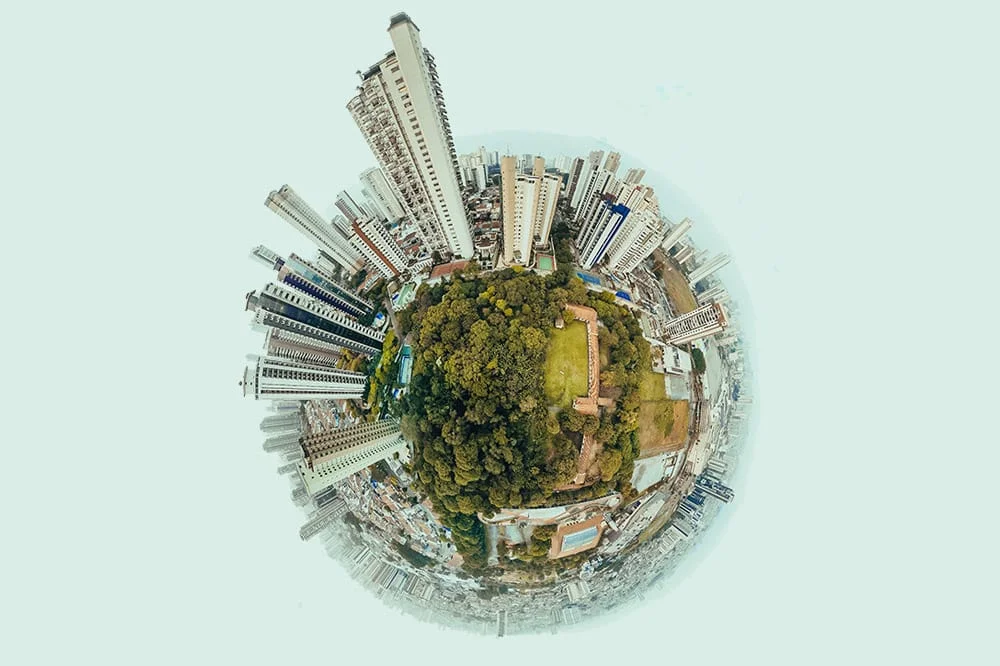As the world’s population continues to grow and urbanization becomes more prevalent, it is more important than ever to envision what our cities should look like in the future. With an emphasis on sustainability, innovation, and resilience, the cities of the future will undoubtedly look different from the cities we know today.
In the next decade, we can expect to see urban centers that are more innovative, sustainable, and resilient than ever before. From high-tech “luxe jungles” to moveable homes, here are some of the exciting changes that cities should look like in ten years:
- Luxe Jungles: Imagine a city where skyscrapers are covered in lush greenery, with vertical gardens that purify the air and provide a haven for wildlife. This is the vision of “luxe jungles,” a concept that is gaining popularity among architects and urban planners. By integrating nature into urban spaces, cities can create a healthier and more livable environment for residents.
- Moveable Homes: With the rise of remote work and a greater focus on flexibility, moveable homes are becoming a popular concept. These homes are designed to be easily transportable, so residents can move with ease to different locations without having to give up their home. This can provide greater freedom and flexibility, as well as reduce the impact of housing on the environment.
- Building for Resilience: In the face of global challenges like climate change and natural disasters, cities need to be resilient. This means designing infrastructure that can withstand these challenges, while also building strong social networks that can respond to emergencies. Cities of the future will invest in infrastructure that can withstand these challenges, while also building strong social networks that can respond to emergencies. This can create a safer and more secure environment for residents.
- Smart Mobility: With ride-sharing, bike-sharing, and autonomous vehicles, cities can reduce traffic congestion, improve air quality, and make it easier for people to get around. This can improve quality of life for residents and help create a more efficient transportation system.
- Connected Communities: The cities of the future will also be designed to connect communities. With remote learning, telemedicine, and digital platforms for community engagement, residents can access services and resources from anywhere. This can increase access to opportunities and resources, regardless of where people live.
These changes will create a more sustainable and enjoyable living environment for city residents, while also helping to protect the planet. By embracing these changes, we can work towards a brighter future for ourselves and future generations.




